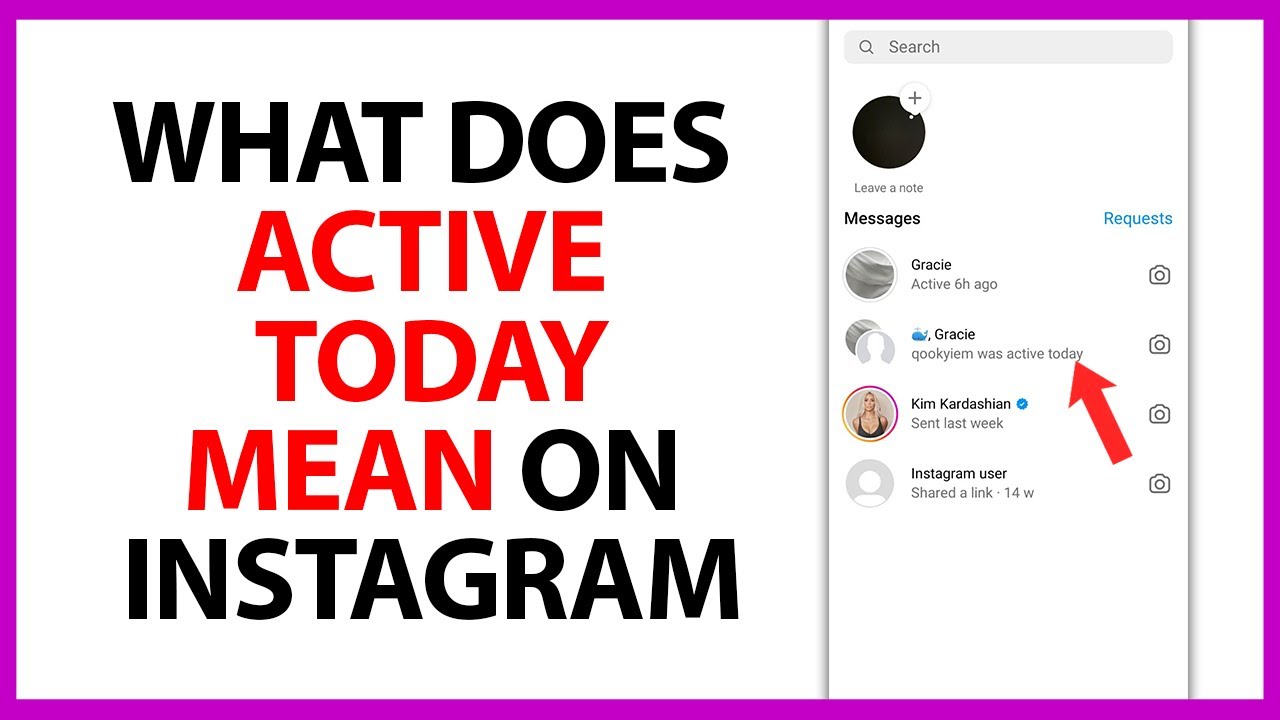Many schools have established a reputation for being known as relatively easy to gain admission to or highly competitive. The volume of applicants also plays a significant role in determining their acceptance rates.
Creating a list that includes both excellent schools and your dream institutions is a smart approach. Understanding college acceptance rates can assist you in crafting a well-rounded list of universities to apply to.
In comparison to institutions that admit a large portion of applicants, these schools take pride in their rigorous selection process. They are among the most challenging to gain admission to.
Let’s take a look at the acceptance rate of the 150 popular schools.
Table of contents
What Does College Acceptance Rate Mean?
The College Acceptance Rate refers to the percentage of applicants who are granted admission to a particular institution. It is a key metric that reflects the competitiveness of a college’s admissions process. A lower acceptance rate indicates a more selective and competitive school, while a higher rate suggests a more inclusive and accessible one.
Understanding acceptance rates helps prospective students gauge their chances of getting admitted and make informed decisions about where to apply. Keep in mind that acceptance rates can vary widely among colleges, reflecting the institution’s popularity and admission standards.
READ ALSO: What Does RA in College Stand For?
Do Acceptance Rates Matter?
Do acceptance rates matter when you’re thinking about college? Well, yes and no. They can be important, but they’re not the whole story.
- Competitiveness: A low acceptance rate often indicates a highly competitive school, which may have stringent admission criteria. If you’re aiming for such institutions, your academic and extracurricular achievements should align with their expectations.
- Fit and Preferences: Acceptance rates alone don’t reflect whether a college is the right fit for you. It’s essential to consider factors like location, academic programs, campus culture, and your educational goals.
- Application Strategy: While applying to a mix of reach, match, and safety schools, understanding acceptance rates can help you create a balanced application strategy. This involves selecting colleges with varying levels of selectivity.
- Holistic Admissions: Many colleges consider factors beyond GPA and standardized test scores, such as essays, recommendations, and extracurricular activities. A slightly lower acceptance rate might be balanced by a holistic approach that considers your unique strengths.
- Financial Aid: Some highly selective schools have robust financial aid programs, making them more affordable for many students. It’s essential to consider both acceptance rates and financial aid opportunities in your decision-making process.
- Career Goals: Depending on your intended career path, the reputation and network of a college might be more important than its acceptance rate.
SEE ALSO: What are the Top 10 Best Banks for College Students?
College Acceptance Rates for 150 Popular Schools
Here is a list of 150 popular schools and their acceptance rates in ascending order, according to
- California Institute of Technology: 3%
- Harvard University: 3%
- Massachusetts Institute of Technology: 4%
- Stanford University: 4%
- Yale University: 5%
- Brown University: 5%
- University of Chicago: 5%
- Princeton University: 6%
- Dartmouth College: 6%
- Duke University: 6%
- Columbia University: 6%
- Pomona College: 6%
- Northwestern University: 6%
- University of Pennsylvania: 8%
- California State University, Bakersfield: 9%
- University of California, Merced: 9%
- University of California, Riverside: 9%
- University of California, Santa Cruz: 9%
- University of California, Santa Barbara: 12%
- University of California, Irvine: 13%
- University of California, Davis: 14%
- University of California, San Diego: 14%
- University of California, Los Angeles: 14%
- University of Michigan-Ann Arbor: 23%
- University of Virginia: 24%
- University of North Carolina at Chapel Hill: 24%
- University of Wisconsin-Madison: 26%
- University of Georgia: 27%
- University of California, San Francisco: 28%
- University of Richmond: 28%
- University of California, Berkeley: 17%
- University of Southern California: 11%
- University of Notre Dame: 18%
- Vanderbilt University: 9%
- Rice University: 11%
- Washington University in St. Louis: 15%
- Emory University: 16%
- Georgetown University: 14%
- Tufts University: 15%
- Boston College: 27%
- Boston University: 19%
- Northeastern University: 19%
- New York University: 20%
- University of Miami: 32%
- University of Florida: 34%
- University of North Carolina at Wilmington: 35%
- University of Central Florida: 43%
- University of Washington: 49%
- University of Connecticut: 49%
- University of San Diego: 49%
- University of Chicago: 5%
- University of Tennessee: 77%
- University of Oregon: 83%
- University of Colorado: 84%
- University of Arizona: 87%
- University of Nevada, Reno: 87%
- University of Texas at Austin: 31%
- University of Texas at Dallas: 78%
- University of Texas at El Paso: 100%
- University of Texas at San Antonio: 79%
- University of Texas Rio Grande Valley: 80%
- University of Oklahoma: 74%
- University of North Texas: 71%
- University of South Carolina: 69%
- University of Southern Mississippi: 97%
- University of South Dakota: 86%
- University of Rhode Island: 75%
- University of Pittsburgh: 57%
- University of New Mexico: 96%
- University of New Hampshire: 80%
- University of North Dakota: 83%
- University of Northern Colorado: 91%
- University of Northern Arizona: 85%
- University of North Alabama: 59%
- University of Nevada, Las Vegas: 81%
- University of Nebraska-Lincoln: 78%
- University of Nebraska at Kearney: 85%
- University of Nebraska at Omaha: 82%
- University of Montana: 82%
- University of Missouri-Columbia: 78%
- University of Missouri-Kansas City: 63%
- University of Missouri-St. Louis: 74%
- University of Mississippi: 88%
- University of Minnesota-Duluth: 76%
- University of Minnesota-Morris: 63%
- University of Minnesota-Twin Cities: 57%
- University of Michigan-Dearborn: 64%
- University of Michigan-Flint: 66%
- University of Massachusetts-Amherst: 60%
- University of Massachusetts-Dartmouth: 76%
- University of Massachusetts-Lowell: 71%
- University of Maryland, College Park: 44%
- University of Maryland, Baltimore County: 58%
- University of Maryland, University College: 100%
- University of Maine: 94%
- University of Louisville: 72%
- University of Louisiana at Lafayette: 56%
- University of Louisiana at Monroe: 70%
- University of Kentucky: 95%
- University of Kansas: 93%
- University of Iowa: 83%
- University of Indianapolis: 73%
- University of Illinois at Chicago: 76%
- University of Illinois at Springfield: 66%
- University of Illinois at Urbana-Champaign: 62%
- University of Idaho: 77%
- University of Houston: 64%
- University of Hawaii at Manoa: 58%
- University of Georgia: 49%
- University of Evansville: 68%
- University of Detroit Mercy: 83%
- University of Delaware: 70%
- University of Dayton: 72%
- University of Cincinnati: 73%
- University of Central Missouri: 78%
- University of Central Arkansas: 90%
- University of Central Florida: 43%
- University of California, Merced: 9%
- University of California, Berkeley: 17%
- University of California, Davis: 14%
- University of California, Irvine: 13%
- University of California, Los Angeles: 14%
- University of California, Riverside: 9%
- University of California, San Diego: 14%
- University of California, Santa Barbara: 12%
- University of California, Santa Cruz: 9%
- University of Chicago: 5%
- University of Colorado: 84%
- University of Connecticut: 49%
- University of Dayton: 72%
- University of Delaware: 70%
- University of Denver: 56%
- University of Detroit Mercy: 83%
- University of Evansville: 68%
- University of Florida: 34%
- University of Georgia: 49%
- University of Hawaii at Manoa: 58%
- University of Houston: 64%
- University of Idaho: 77%
- University of Illinois at Chicago: 76%
- University of Illinois at Springfield: 66%
- University of Illinois at Urbana-Champaign: 62%
- University of Indianapolis: 73%
- University of Iowa: 83%
- University of Kansas: 93%
- University of Kentucky: 95%
- University of Louisiana at Lafayette: 56%
- University of Louisiana at Monroe: 70%
- University of Louisville: 72%
- University of Maine: 94%
READ ALSO: What is the Best Car Insurance for College Students Away at College?
Is It Bad If A College Has A High Acceptance Rate?
A high acceptance rate at a college is not necessarily a bad thing. It depends on your individual goals and what you’re looking for in a college. Here are some points to consider:
- Accessibility: A college with a high acceptance rate is often more accessible to a broader range of students. It can be a good option if you’re looking for an open and inclusive environment, or if you have average academic credentials.
- Diversity: Such colleges often have a more diverse student body, which can offer a rich cultural and intellectual experience.
- Quality of Education: The acceptance rate alone doesn’t determine the quality of education. You can find excellent professors and academic programs at schools with both high and low acceptance rates.
- Individual Fit: What matters most is whether the college is a good fit for your academic and personal goals. If it offers the programs and resources you need, has a supportive environment, and aligns with your career aspirations, a high acceptance rate might not be a drawback.
- Financial Considerations: Some colleges with high acceptance rates may also be more affordable and offer better financial aid options. This can be a significant advantage for many students.
- Career Outcomes: Consider the career outcomes of graduates. Some colleges with high acceptance rates have strong networks and alumni connections, leading to great job opportunities.
How Can I Increase My Admission Chances?
To boost admission chances, focus on academic excellence, standardized test scores, and meaningful extracurriculars. Strong letters of recommendation and compelling essays are key. Show genuine interest through visits and tailor applications to each school. Highlight your unique talents, and volunteer experience, and apply early where possible. Keep a balanced college list for success.
Conclusion
Exploring the college acceptance rates for 150 popular schools is a valuable endeavor for any aspiring student. It’s not just about numbers; it’s about understanding the competitive landscape, finding the right fit, and making informed decisions. Armed with this knowledge, you’re better prepared to navigate the intricate world of college admissions, and ultimately, to embark on a path to academic and personal success.
FAQs On College Acceptance Rates For 150 Popular Schools
College acceptance rates indicate how competitive admission to a particular school is. A low rate suggests high demand and selectivity.
Acceptance rates should be considered alongside other factors like your academic profile, extracurriculars, and essays. They offer insight but aren’t the sole criterion for admission.
No, it’s essential to apply to a mix of reach, match, and safety schools based on your academic credentials and preferences.
Yes, by excelling academically, actively participating in extracurriculars, and crafting compelling application essays.
References
- bestcolleges.com – Will You Make the Cut? College Acceptance Rates for 150 Popular Schools
- oedb.org – Colleges Ranked by Acceptance Rate






